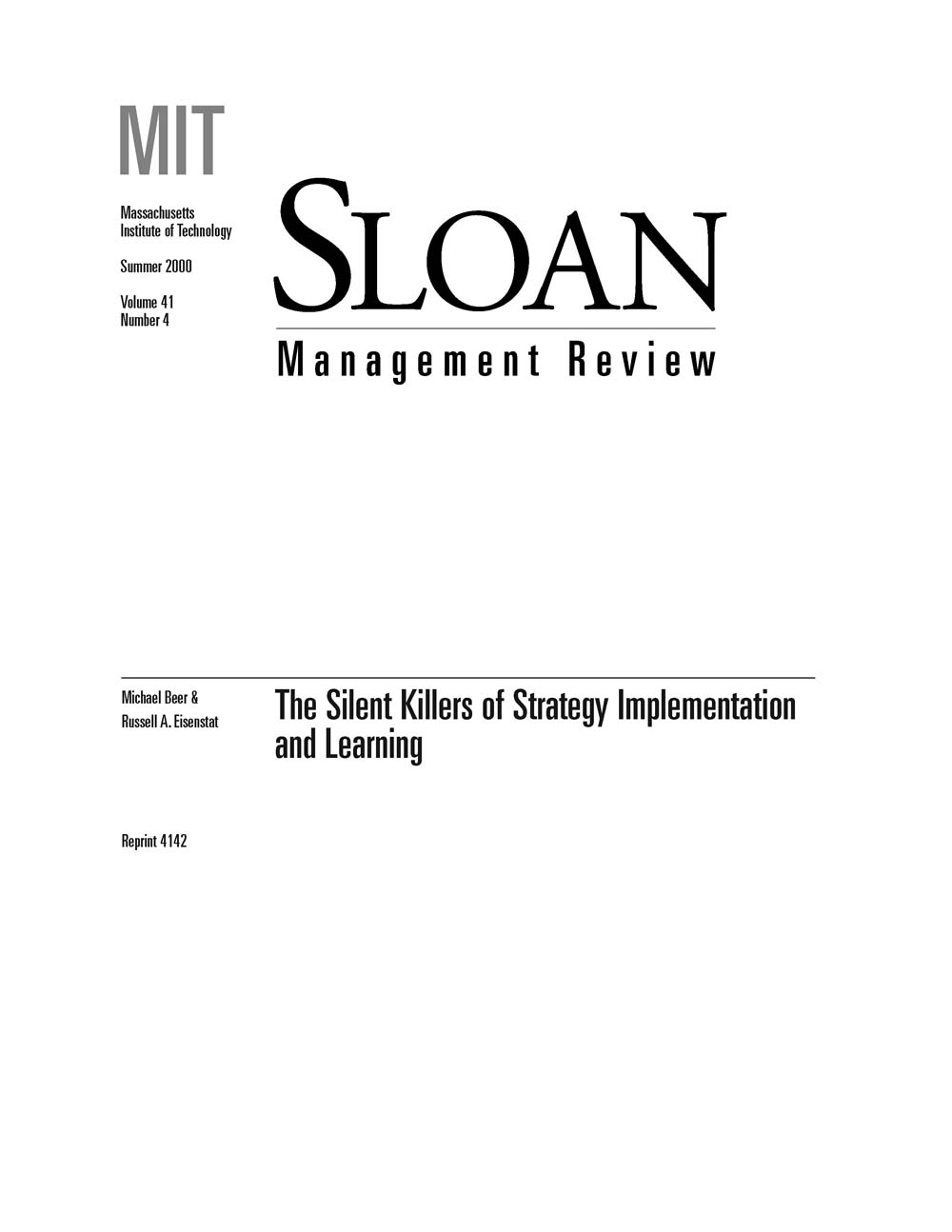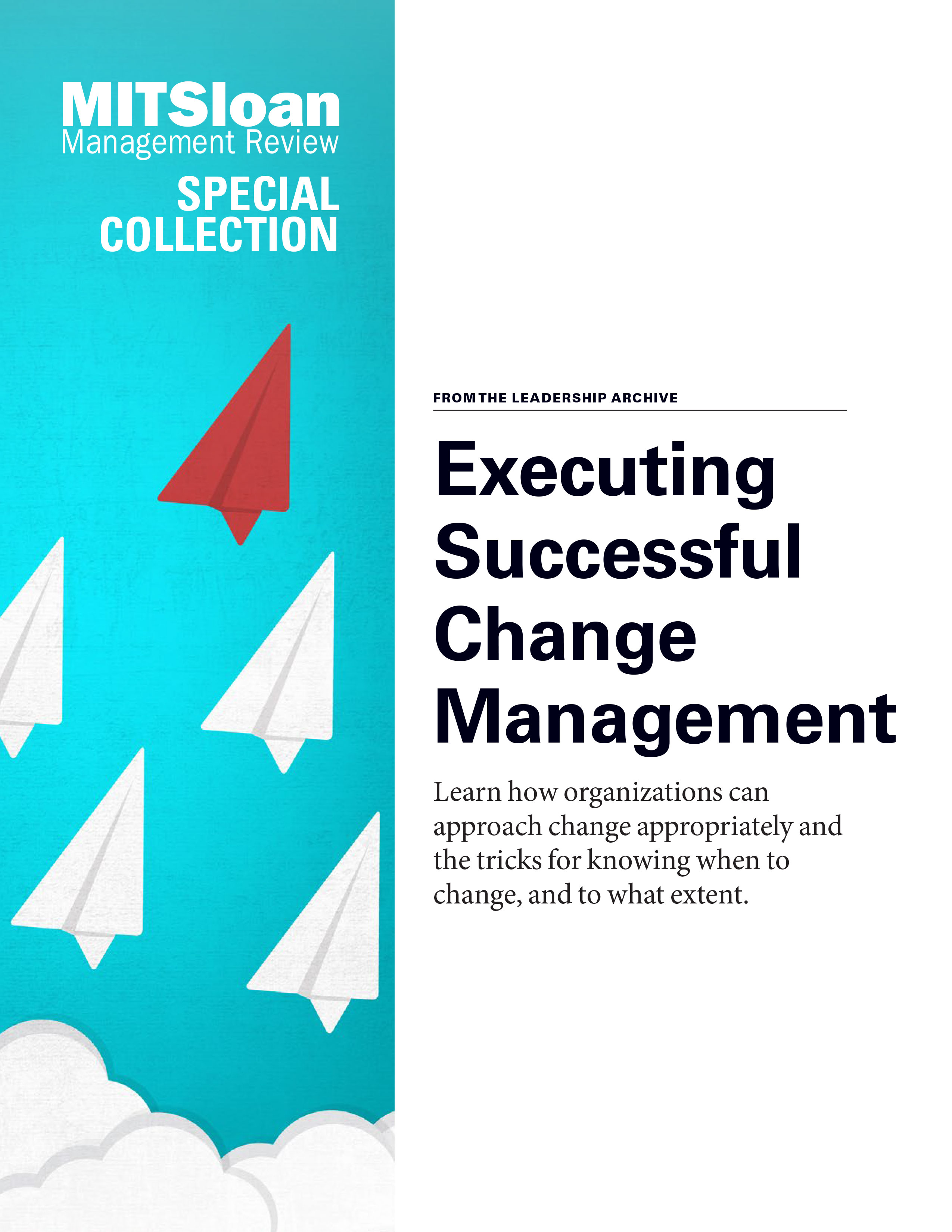
The Silent Killers of Strategy Implementation and Learning
Executives are often baffled when they can't seem to implement perfectly sound strategies. The root causes, according to a Harvard Business School professor and a senior organizational fellow at McKinsey & ; Co., are six deep-seated barriers to strategy implementation and organizational learning: the silent killers.
The first barrier is a top-down or laissez-faire senior management style. Without transforming that barrier into a capability (a leadership style that embraces the paradox of top-down direction and upward influence), none of the other barriers can be turned into capabilities either. The five others are: unclear strategy and conflicting priorities; an ineffective senior team; poor vertical communication; poor coordination across functions, businesses or borders; and inadequate down-the-line leadership skills and development.
Without offering a magic formula for success, the authors show how certain companies and divisions did the hard work of investigating root causes and thereby improved their businesses. They also explain how the first three barriers together undermine an organization's quality of direction, how a lack of vertical communication interacts with the other barriers to block quality of learning, and how the last two barriers cause poor quality of implementation.
Whether or not companies are conscious of the hidden killers, they respond in one of three ways: avoidance (not a solution), replacement of senior managers (a temporary solution), and engagement (the best solution).
Effective leaders of organizational change intuitively follow good principles of engagement, but such leaders are rare. At General Electric, Jack Welch set up the WorkOut process so that others could learn his way of tackling issues. The authors give details of their own process, Organizational Fitness Profiling, and explain how it has helped managers overcome the root causes of blocked strategy implementation and has led to individual and organizational learning. They suggest, however, that not all organizations are up to the challenge. Certain conditions must prevail. There must be a compelling business need, and CEOs must believe in partnering with employees -- and must themselves be willing to learn.




